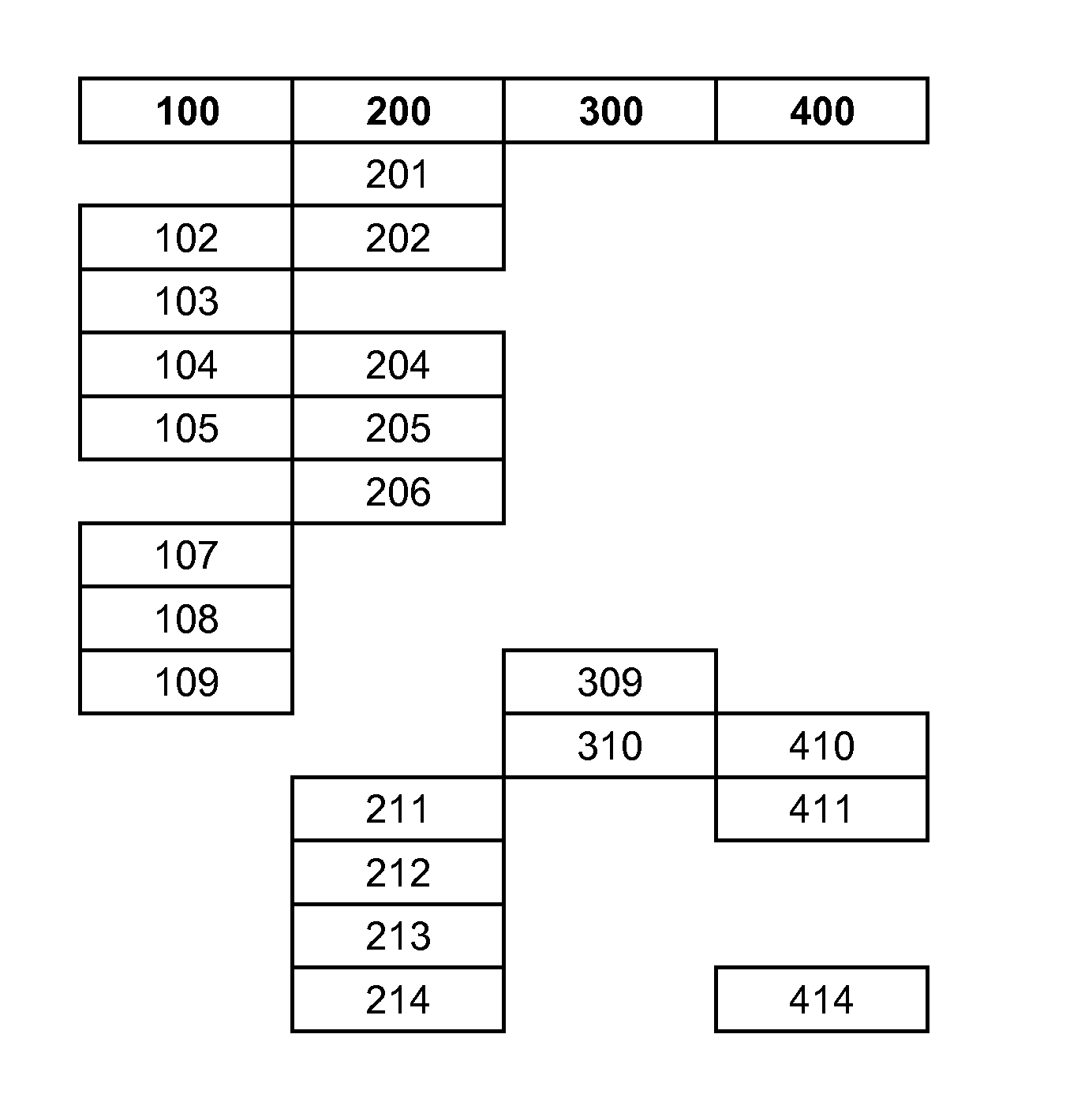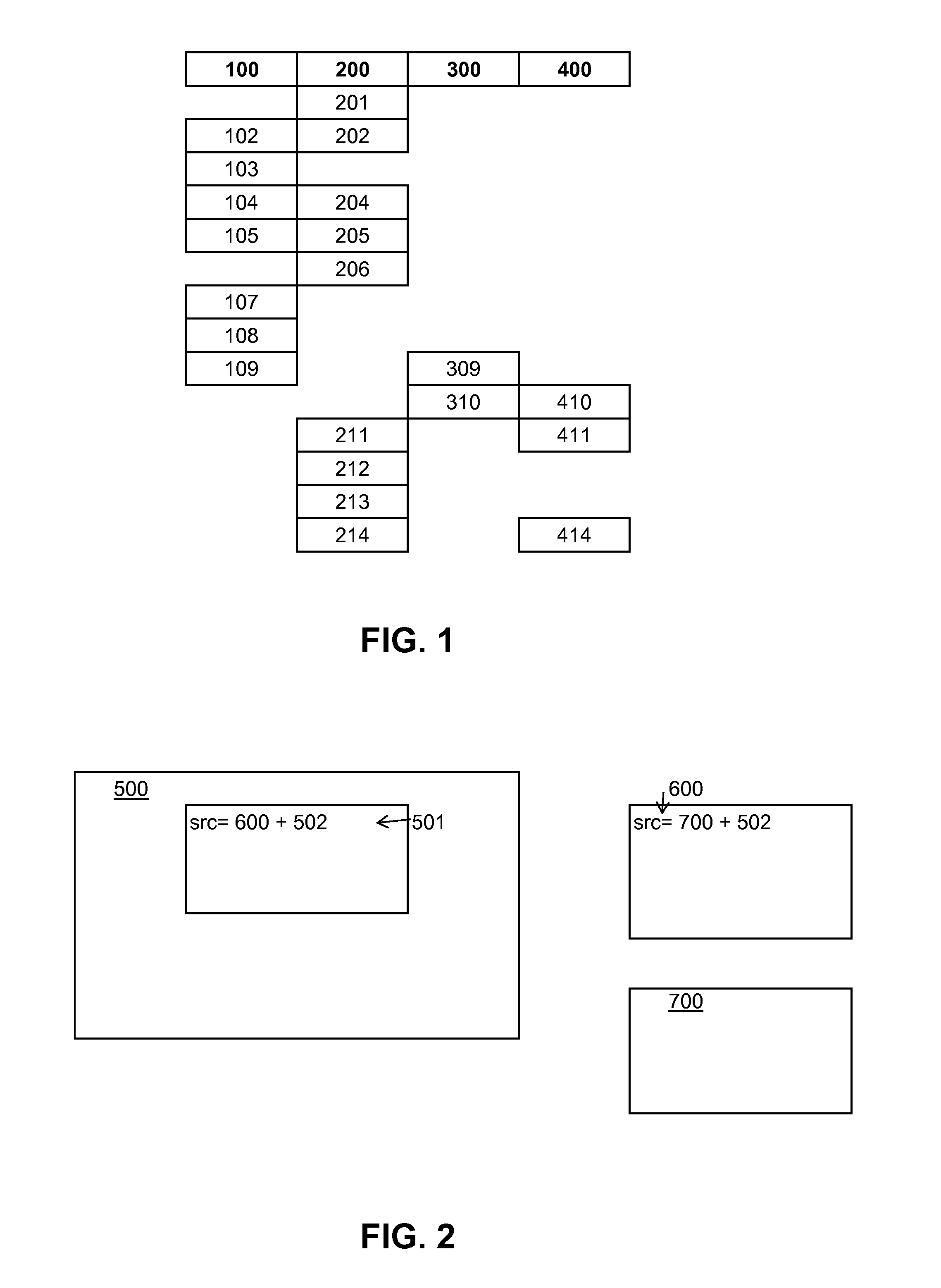Method for transmitting information from a first information provider to a second information provider via an information intermediary
a technology of information intermediary and information provider, which is applied in the field of information transmittal in the internet, can solve the problems of inability to be affected by the second information, and inability to adapt the second information to the first information, etc., and achieves the effect of facilitating transmission over the internet, and not increasing the bandwidth need and transmitting tim
- Summary
- Abstract
- Description
- Claims
- Application Information
AI Technical Summary
Benefits of technology
Problems solved by technology
Method used
Image
Examples
Embodiment Construction
[0029]The invention is described referring to FIGS. 1 and 2. In FIG. 1, different steps according to one or more inventive methods are illustrated schematically. The steps referred to as 100 are performed by a content publisher as a first information provider. The steps referred to as 200 are performed by an analyzer as an information intermediary. The steps referred to as 300 are performed by an ad-server as a chooser. The steps referred to as 400 are performed by an advertiser as a second information provider. In FIG. 2, a preferred embodiment of the invention is illustrated schematically on a web page level.
[0030]Beginning with step 201, the analyzer generates a key set consisting of a private key and a public key for an asymmetric encryption method, e.g. RSA. In step 202, the analyzer 200 transmits the public key to the publisher 100 and the publisher 100 receipts the public key in step 102.
[0031]In step 103, the publisher 100 offers content as first information on his web page ...
PUM
 Login to View More
Login to View More Abstract
Description
Claims
Application Information
 Login to View More
Login to View More - R&D
- Intellectual Property
- Life Sciences
- Materials
- Tech Scout
- Unparalleled Data Quality
- Higher Quality Content
- 60% Fewer Hallucinations
Browse by: Latest US Patents, China's latest patents, Technical Efficacy Thesaurus, Application Domain, Technology Topic, Popular Technical Reports.
© 2025 PatSnap. All rights reserved.Legal|Privacy policy|Modern Slavery Act Transparency Statement|Sitemap|About US| Contact US: help@patsnap.com


